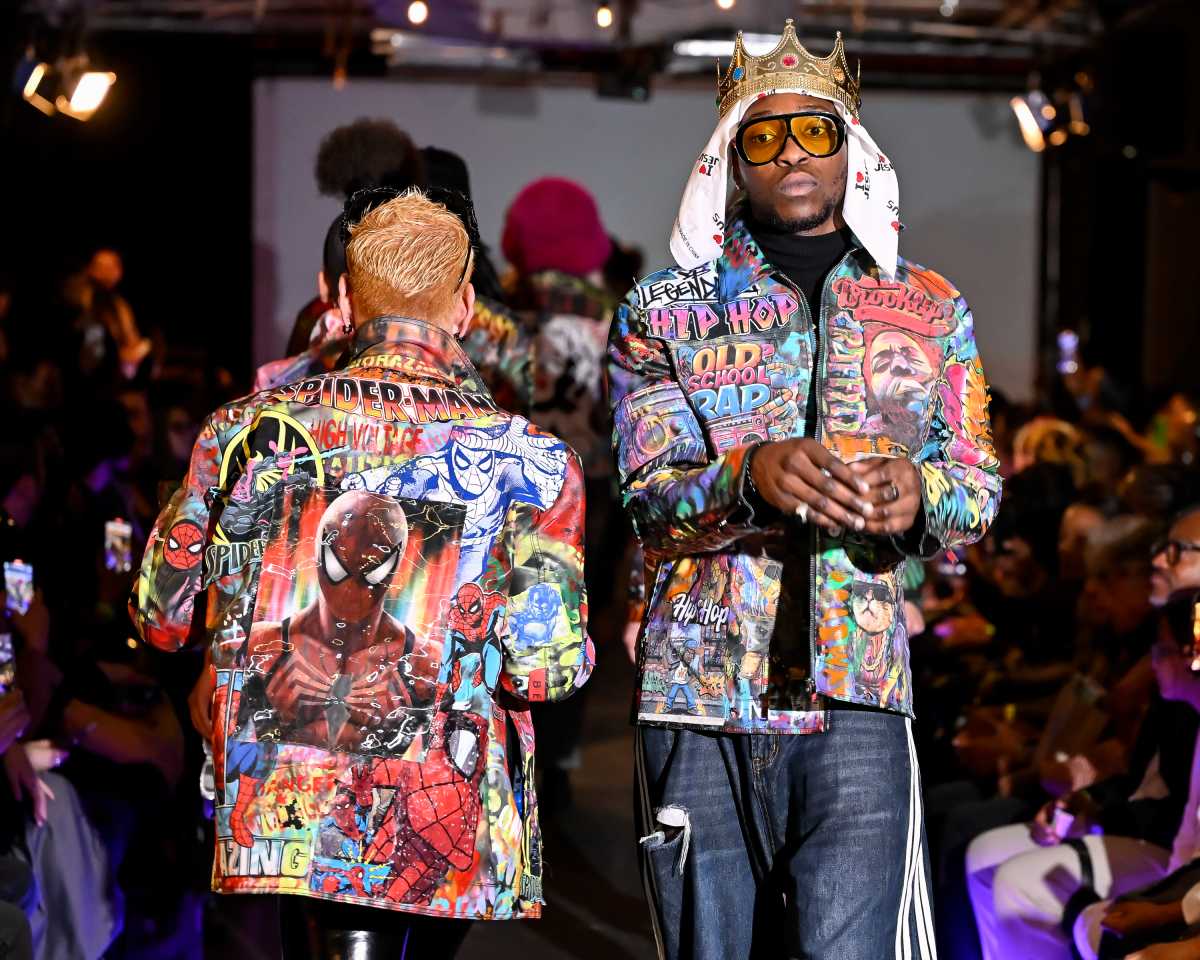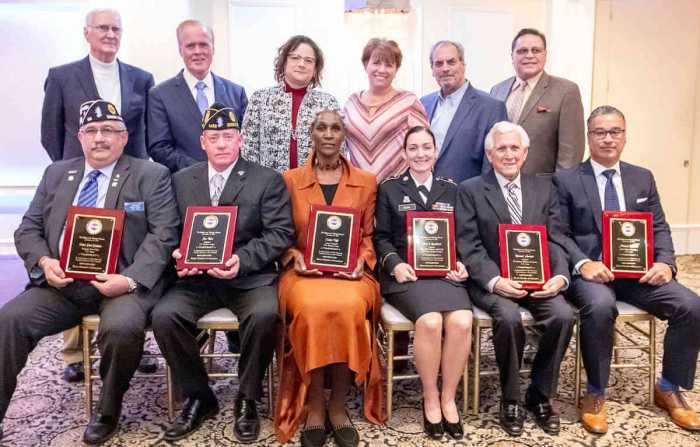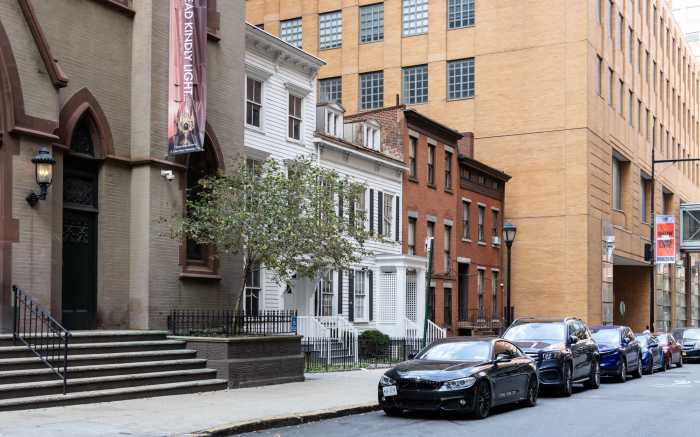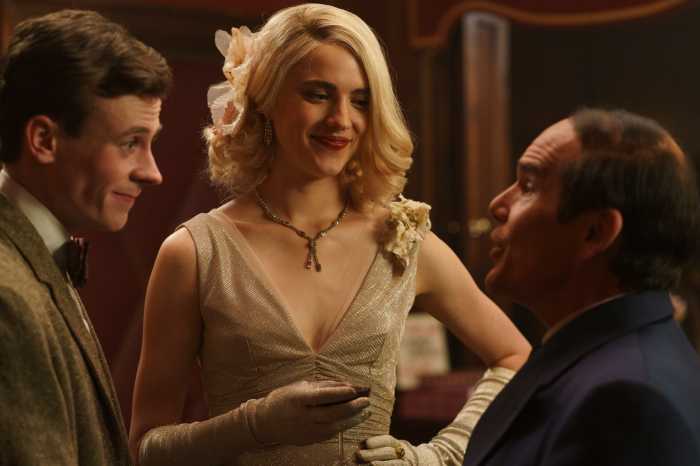By Scott Harrah
Daphne Rubin-Vega is best known for her Tony-nominated role as Mimi in the original cast of “Rent” and her work in the Pulitzer Prize-winning drama “Anna and the Tropics” opposite Jimmy Smits. However, the Panamanian-born diva—who has spent most of her life in the Village—was making music long before hitting it big on Broadway. Way back in the early 1990s, she was a member of the funky freestyle Latina group Pajama Party, renowned for its infectious hit “Yo No Se.” More than a decade later, she’s making music again with her new CD, “Redemption Songs” (Sh-K-Boom Records), a melodic collection of heartfelt pop, Latin folk and rock songs that she began recording when she was pregnant with her first child and unable to join her old cast mates in the film adaptation of “Rent.” The busy actress and singer is now starring as Fantine in the Broadway revival of “Les Misérables.” I caught up with her this week between shows.
What was the inspiration behind “Redemption Songs”?
The fans came from “Rent” and “Rocky Horror” and now, about seven years later, it was time to make a CD of music that was new that I could do on my terms and make the music that I want to make. I kind of call it my album of songs that are like snapshots or photographs. I call it “Redemption Songs” because the album represents [how I’ve] evolved at this point in my life. How is “Les Misérables” different from “Rent” for you?
Strangely enough, it’s not. I see more similarities than differences. It’s the kind of show that has a built-in audience that are real purists of the music.
Do you identify with your character, Fantine?
Yes, I identify with her in a way as a mother. Short of filling my body with everything I need to do for my child, there is a correlation to Fantine’s life [a factory worker with an illegitimate child] and my own. My mom passed away when I was 10. She did everything [for me]. I’m here because of her. She was an immigrant. There are similarities. Fantine’s experience was of degradation. She represents the degradation of women in society in such a specific and dramatic way. I’m a lucky person that didn’t get degraded. You’re doing “Jack Goes Boating” at the Public Theater in January with Phillip Seymour Hoffman. What’s your character like in that play?
She’s married to Jack’s best friend, played by John Ortiz, who was also my husband in “Anna and the Tropics.” She’s a fun-loving, no-nonsense chick who’s made mistakes and has made amends for them and has survived her many faux pas. You moved to the Village from Panama when you a kid. How has the Village changed since then?
It’s cleaner [laughs]. It’s so bizarre looking at a McDonald’s that used to be a club. The Purple Onion—that’s actually across the street from a McDonald’s. The Village has become way more commercial. I remember when the Gap on Second Avenue and 8th Street first appeared and were considered disgusting. I was like, “What the bleep is that? What are they doing with a Starbucks [in the Village]?” And now it’s like you don’t even blink at them anymore. That’s the way it is everywhere [in the city]. The Village used to have really good record stores and places with cool clothes and incense shops and stuff that people came from miles around to buy downtown that they couldn’t get elsewhere, and that’s just not the case anymore. For more information on Daphne Rubin-Vega and her new album, visit www.Daphnerubinvega.com.





































